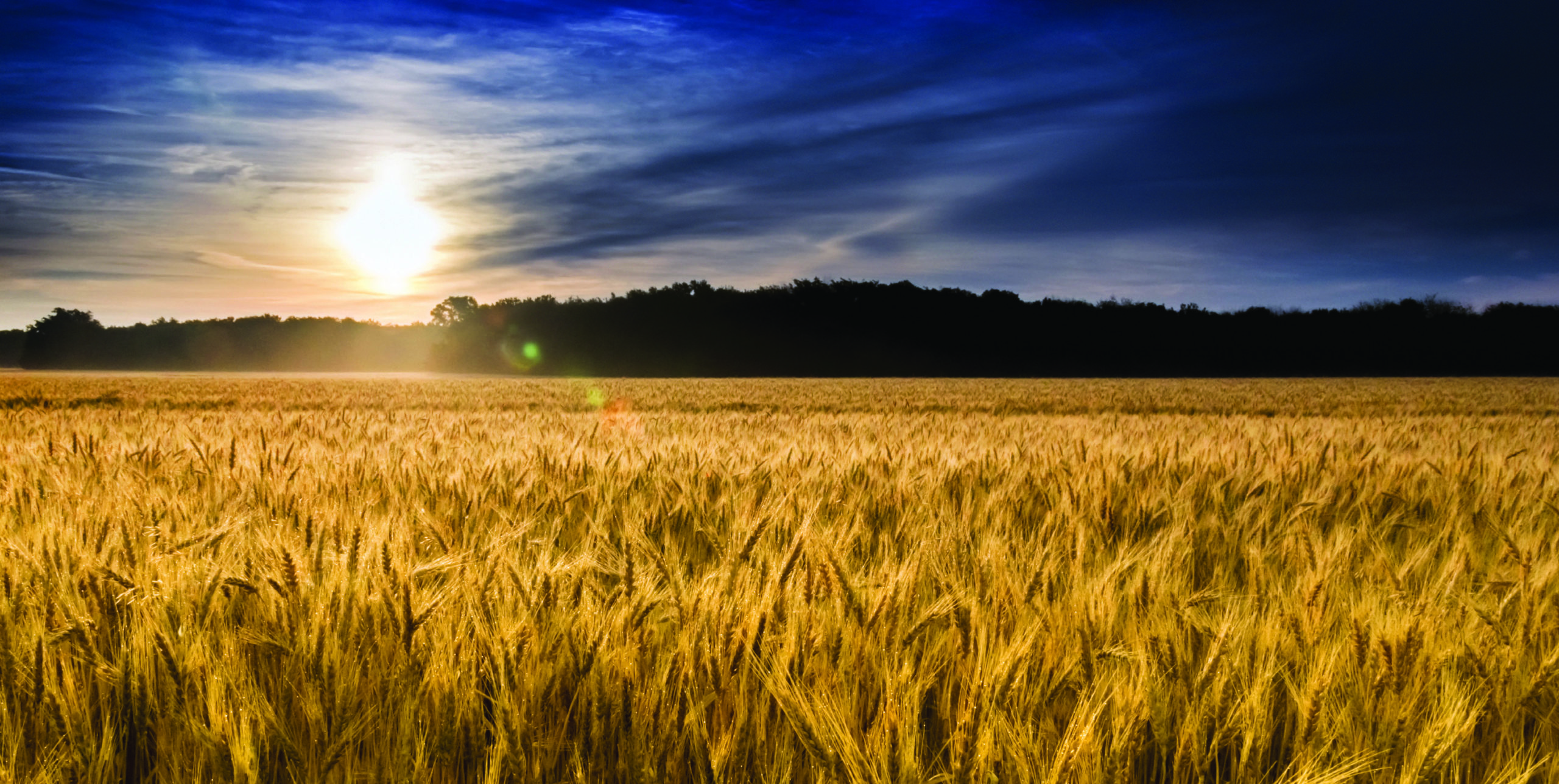Winter Weather and Strong U.S. Grain Demand Add Up to Unusual Port Delays
By Stephanie Bryant-Erdmann, USW Market Analyst
The sharp inverse in export basis between March delivery and April delivery for U.S. wheat at both Gulf and Pacific Northwest (PNW) ports indicates that exporters have faced logistical challenges during a brutally cold and snowy winter. It also provides a savings opportunity for those customers who can wait for delivery until April or May.
USDA data shows that in January, U.S. grain export inspections increased 18 percent year over year and are on par with the 5-year average. The bad winter weather began slowing rail and barge arrivals at both Gulf and PNW ports in December. Those delays worsened as January brought frigid temperatures and snow to the U.S. Northern Plains, Midwest and, unusually so, to PNW ports. This year’s snowfall is the largest in Portland, OR, since 1995.
Railcar supply tightened in December and January, as the bad weather slowed train movement across the Northern Plains. In severe cold, railroads must decrease the number of cars pulled by each locomotive for safety reasons. During January, the U.S. rail system round trip rate slowed according to Surface Transportation Board data. In turn, the higher demand for rail freight pushed secondary rail freight rates dramatically higher.
In calendar 2016, barges delivered 43.2 million metric tone (MMT) of grain to U.S. Gulf ports, the largest volume recorded since USDA began tracking in 2003. This year, demand for barge space continued into January rather than tapering off after fall harvest. Year to date in 2017, barges moved 2.81 MMT of grain on the Mississippi River, up 18 percent year over year and 21 percent above the 5-year average.
While U.S. export facilities have some storage on-site, a consistent flow of grain from the interior is needed to keep up with vessel loading. Since 2010, PNW export terminal storage capacity has increased 27 percent to 1.08 MMT, yet PNW export terminals turn their inventory about every 12 days. Gulf export terminals have roughly 2.2 MMT of capacity and on average turn over their inventory about every 10 days.
With the delays in grain delivery, vessels waiting to load have increased significantly. In its Feb. 2 Grain Transportation Report, USDA said 65 vessels were at port in the U.S. Gulf, compared to the 2016 weekly average of 43 vessels. Throughout January, the U.S. Gulf had an average 58 vessels either loading or waiting, up 14 percent from January 2016 and 25 percent above the 5-year average. As of Feb. 2, there were 37 vessels at port in the PNW, up 85 percent from the same time last year.
Looking ahead, exporters believe they can work through the backlog by the end of March barring any additional severe weather events. In January, an average 43 vessels per week loaded in the Gulf, compared to an average 40 vessels per week in 2016. Though PNW vessel loading slowed to an average 10 vessels per week for the first three weeks of 2017, Federal Grain Inspection data showed 31 vessels were loaded between Jan. 26 and Feb. 2.
As exporters continue to load vessels, U.S. wheat customers are likely very aware of demurrage and dispatch clauses in their contracts. All types of export contracts include incentives for exporters to load as quickly as possible to avoid incurring demurrage. U.S. law ensures customers’ contracts will be fulfilled as soon as physically possible because it is in the exporter’s financial interest to do so. According to traders, demurrage on current charters in the PNW and Gulf are averaging $12,000 per vessel per day.
This year’s weather has certainly been worse than normal, but the issues that come with such challenges are well-known. That is partly why U.S. railroads, ports and waterway associations continually invest in infrastructure to improve the flow of grain from U.S. farmers to overseas customers.
Customers who have adequate supplies can save between $6 to $20 per metric ton at current export basis levels depending on the class and port of origin by pushing new wheat business deliveries out to April or May. As always, the U.S. wheat store remains open and transparent. And, as always, U.S. Wheat Associates (USW) representatives are available to answer any questions customers may have about U.S. export logistics and how they can continue to get the best value possible from U.S. wheat.


